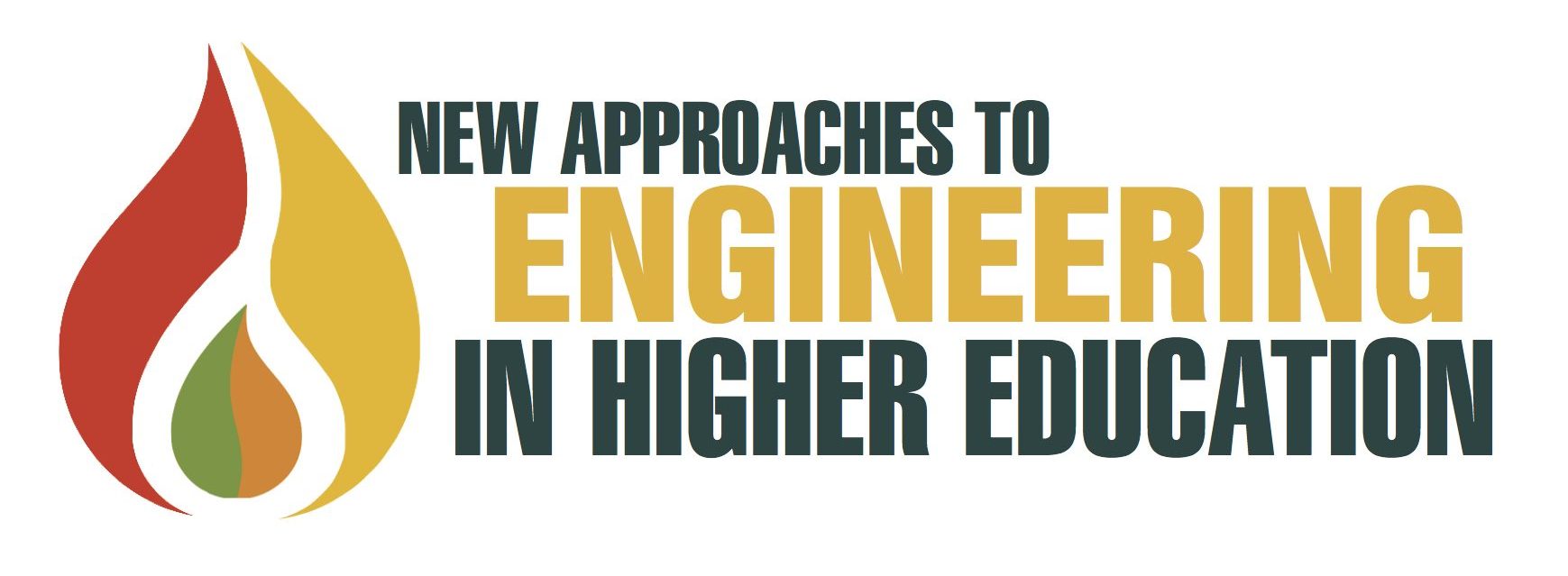The EPC and IET are delighted to launch six case study examples for each of the six new approaches.
We believe this proves that the required changes can be achieved – are already being achieved – and that by taking their lead, other institutions can be inspired to come up with new approaches of their own. Download the New Approaches Case Studies.
New Approaches to Engineering Higher Education is on ongoing initiative that the EPC is running in partnership with the IET, with Professor John Perkins presiding as Chair. The aim is to encourage innovation in the sector’s approaches to policy, pedagogy and practice.
The initiative was launched in May 2017 at a landmark conference held at the IET in London on innovative approaches to the teaching of engineering in universities in the UK and globally.
One year on, the EPC hosted a round table meeting, at which the EPC, IET and senior HE stakeholders – including several vice-chancellors – met to take soundings on what we are calling ‘the Six Facets’ of innovative engineering higher education.
In the Autumn of 2018, we hosted a further round table of stakeholders with a national policy perspective. Chaired by IET Chief Executive Nigel Fine and hosted by Stephen Metcalfe MP, Government Envoy for the Year of Engineering, the workshop was an opportunity for MPs, leading industry figures and academics to talk through some of the challenges that need to be addressed in order to create a successful engineering skills pipeline between schools, universities and industry that suits the needs of businesses, educators, students and the UK as a whole. A summary of the main points raised as well as recommendations for policymakers, industry and academia to take on board that were put forward in the meeting is available here.
The Six Facets are common themes drawn from the papers presented to the New Approaches conference (the proceedings of which can be read here) that address fundamental problems: skills shortages; the shifting nature of engineering, the workforce and the demography of the student population; promoting inclusion and diversity.
While the EPC isn’t seeking to impose the Six Facets on anyone – that isn’t our role – we have identified these as key indicators of an innovative and adaptive response to today’s challenges. Universities can use them as a marker by which to judge their progress and as an inspiration for further development.
The Six Facets
Incorporating creativity into engineering: To reflect developing industrial needs and to attract a broad range of applicants, engineering programmes should enhance and emphasise the creative and innovative nature of the work of engineers. Although maths and science are important, they are a necessary but not sufficient part of the required skill set.
Broaden the diversity of students: The image of engineering means that women and ethnic minorities are far less likely to apply to study it. The emphasis (and the perception in schools of an emphasis) on maths and physics as a requirement to study engineering at top engineering schools also restricts access to the subject. This is especially true in physics where the proportion of female students at A-level is particularly low. Opportunities to increase the diversity of engineering students by proactive steps to address the image of engineering and the barriers to entry should be explored.
A strong emphasis on project work: Students engage and are enthused by authentic and relevant engineering experiences. In engineering, a primary vehicle for this is the design project. However, it is not sufficient that these are only in the latter years once sufficient grounding in theory is achieved. They should be from day one and spread throughout the degree programme to develop skills and encourage active learning.
Industry engagement in design and delivery: It is vital to work with industry to frame the skills graduates need and highlight to students their relevance and importance. This is particularly important to encourage students to enhance their transferable and employability skills.
Experience of the workplace for students: The formation of the professional engineer is a process; one that involves education, training and experience. In an ideal world these are not separated. It is incumbent on academics and industry to work together to develop programmes that bridge the separation between university and work in a way that provides equal opportunities for all students, regardless of background and career aspirations.
Greater interdisciplinarity: Modern engineering challenges and the global issues that most enthuse our current cohort of students will not be solved by any one discipline, but instead by teams of engineers from across the disciplines and non-engineers, bringing together their skills and expertise to create innovative solutions. We must prepare out students for this with appropriate experiences, such as undertaking complex projects in interdisciplinary teams.
There has been a lot of support for the work of the EPC and IET so far and we will now be looking for exemplars from across the sector. If your work exemplifies one or more of the Six Facets, please contact the Chief Executive with your thoughts.




